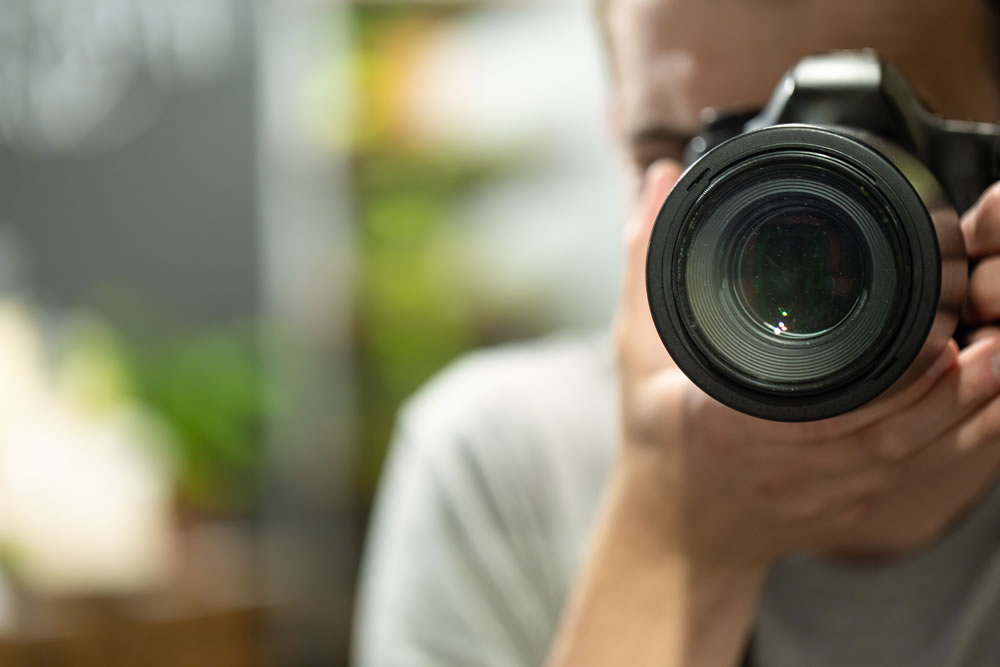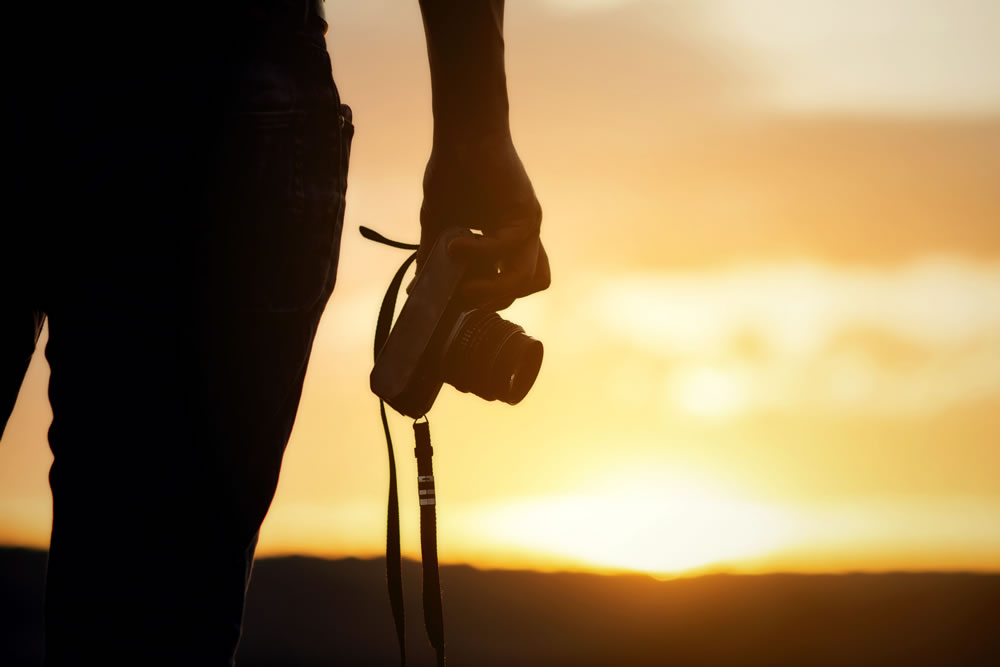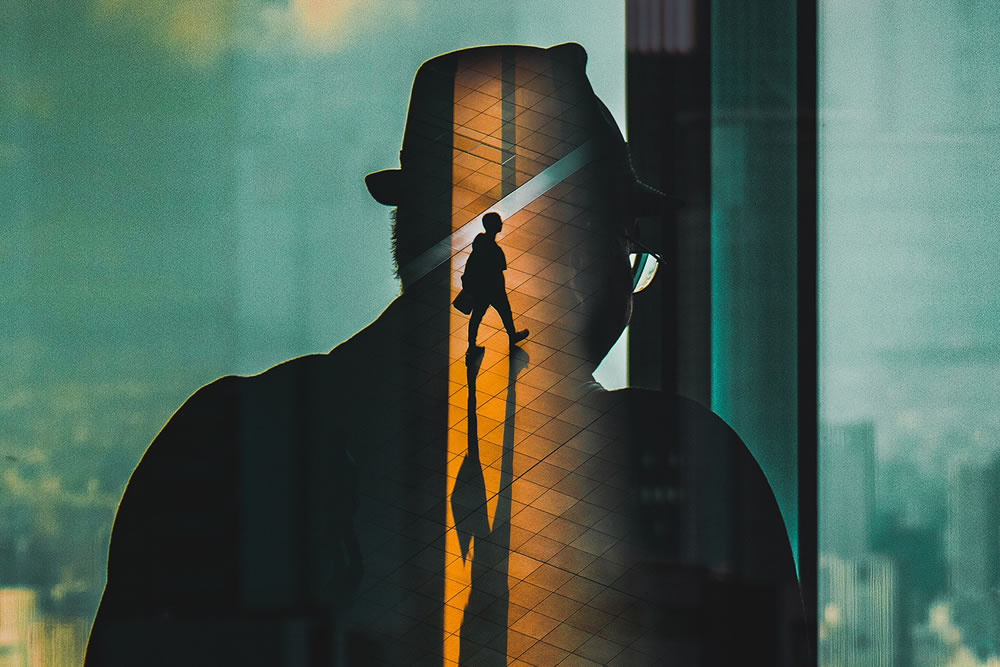In the world of academic study, the use of photography has become valuable in enhancing the presentation and impact of student research. The visual medium of photography has the power to capture and convey complex ideas and information in a concise and engaging manner.
Photography is a great way to make student research look better and have a bigger effect. By integrating visual elements, students can effectively communicate their findings, engage their audience, and strengthen the impact of their research.
In addition, it is also important to follow proper guidelines to ensure a well-structured and credible work. One valuable resource that provides comprehensive steps and guidance is AResearchGuide. It offers a wealth of information on the essential steps involved in writing a research paper, from choosing a topic and conducting thorough research to organizing and formatting the paper. By referring to this reliable source, students can gain valuable insights into the research process and effectively present their findings in a scholarly manner.

Let’s delve into the specific ways in which photography enhances presentation and research:
#1 Visual Representation of Data
Students can use photography to show data clearly, turning complicated numbers or statistics into pictures that are easy to understand. By taking relevant pictures, students can show their results in a way that is both complete and appealing. For example, a student doing a field research on how the environment is changing can use photos to show how pollution affects the wildlife in their area.
#2 Illustration of Concepts
Students can show complex ideas that might be hard to explain with just words by taking pictures of them. By taking pictures that reflect these ideas, students give their audience a visual aid that helps them understand and is more interesting to them. For example, a student doing research on architectural design principles can use pictures of well-known buildings to show how different types and parts work together.
#3 Conveying Emotions and Experiences
Photography is one of the few things that can stir up feelings and share personal experiences. When doing research on people or personal stories, photos can give the work more depth and make it seem more real. Students can include carefully chosen pictures that show how their subjects feel and what they’ve been through. This draws the audience into the study and helps them feel more connected to it.

#4 Engaging Visual Presentations
Adding interesting visuals, like photos, to talks can make them much more interesting to the audience. Students don’t have to just use text-heavy slides; they can also include photos that show what their research is all about. By doing this, they make a more interesting and visually appealing show, which makes their work more powerful and easy to remember.
#5 Increased Accessibility
Photography makes student research more accessible to a bigger audience by making it more open and easy to understand for more people. Visual features can be understood by people who don’t speak the same language, so people from many different backgrounds can connect with the study results. Also, including alt text or comments with the pictures makes sure that people who can’t see can also get to the information.
#6 Strengthening Credibility
When students do research, adding photos gives the results more authority. By using pictures to back up their points and opinions, students can do a better job. Photographs that are well-made and relevant can back up claims, making the research more convincing and reliable to both peers and scholarly judges.

Conclusion
Photography improves the way student research looks and makes an effect in many ways. By using visuals, students can successfully show facts, explain vague ideas, show how they feel, and connect with their audience on a deeper level. Also, photography makes lectures easier to understand, gives them more authority, and makes them more interesting. As students keep looking into how photography can be used in their research, they find new ways to communicate their findings and spread their knowledge.










